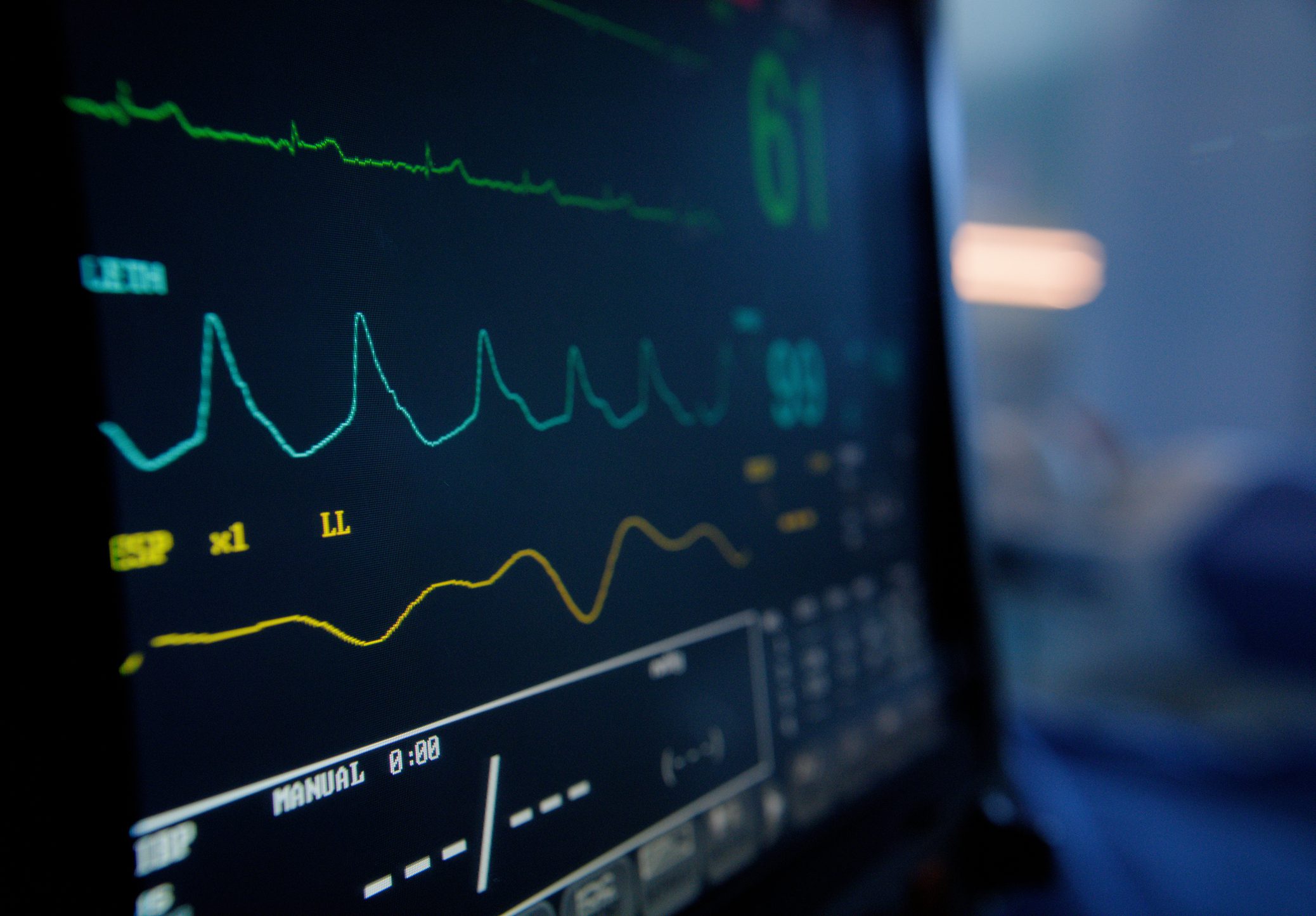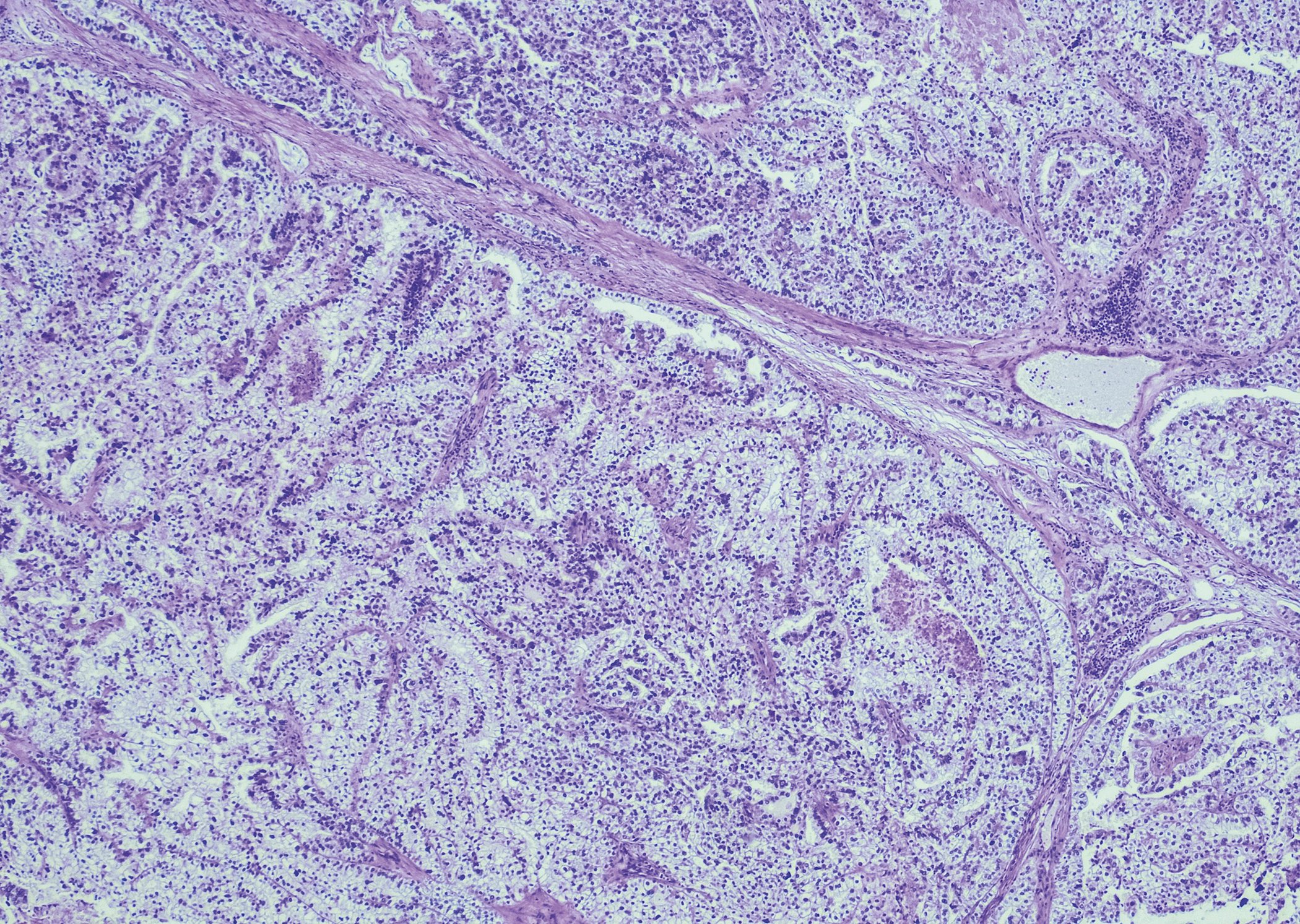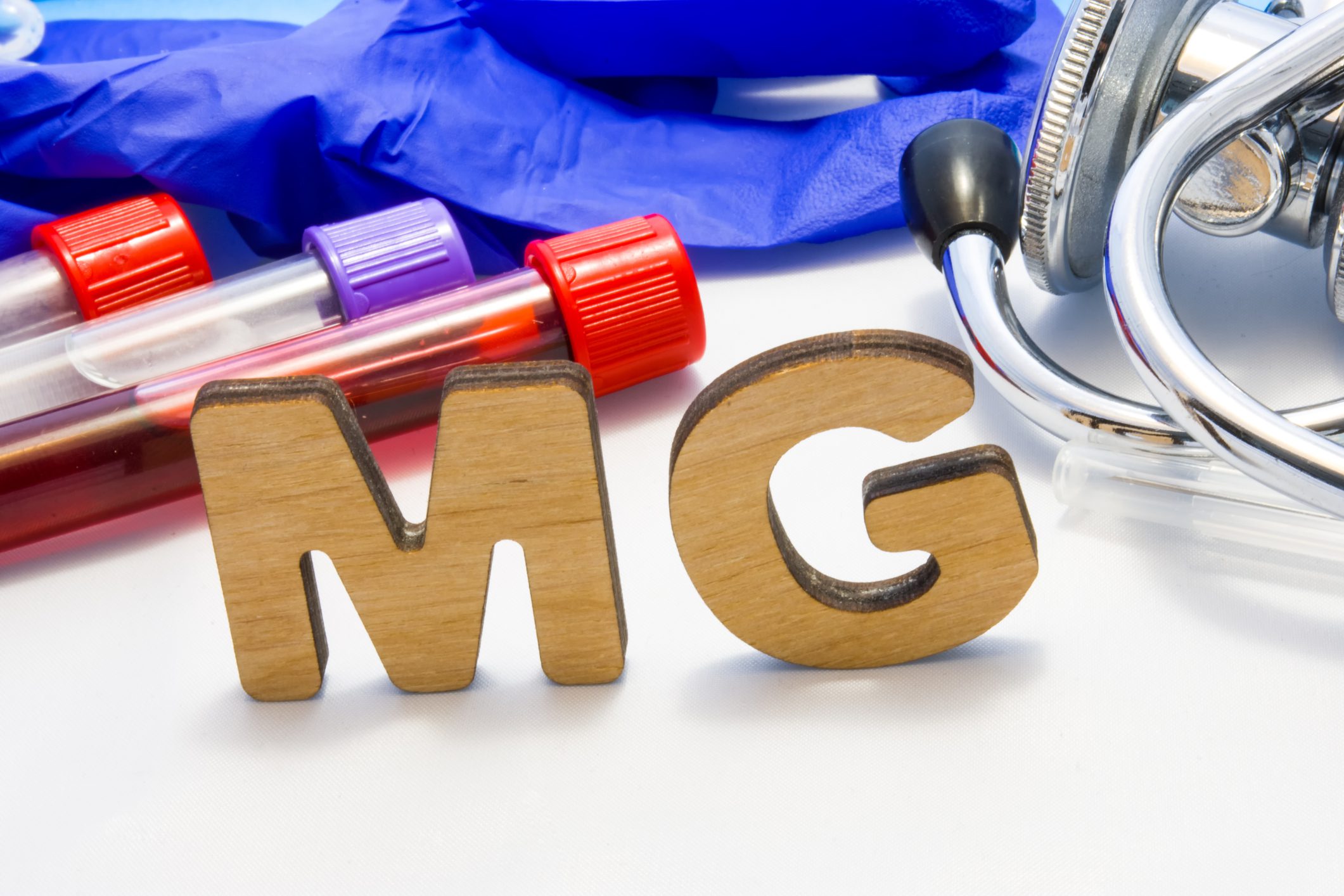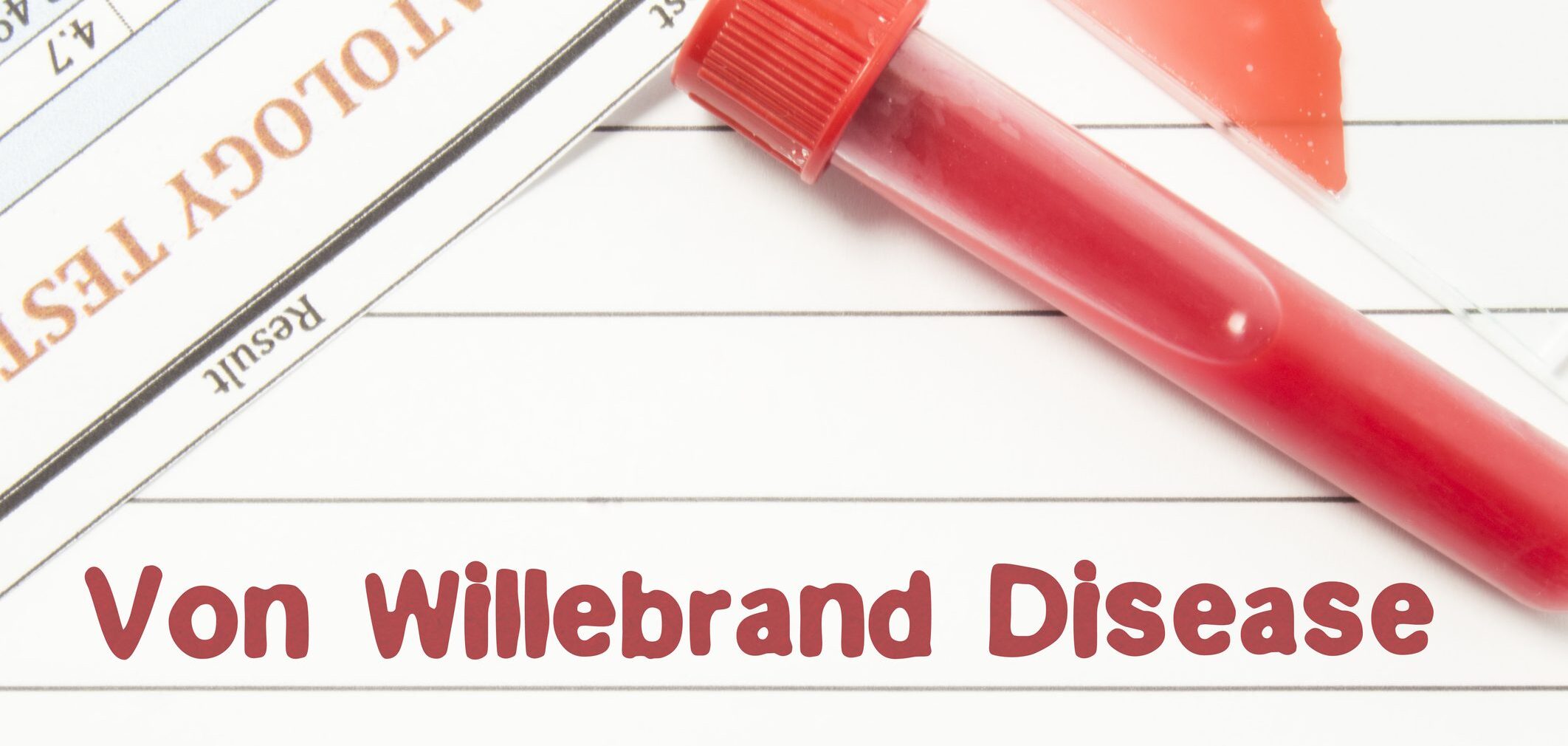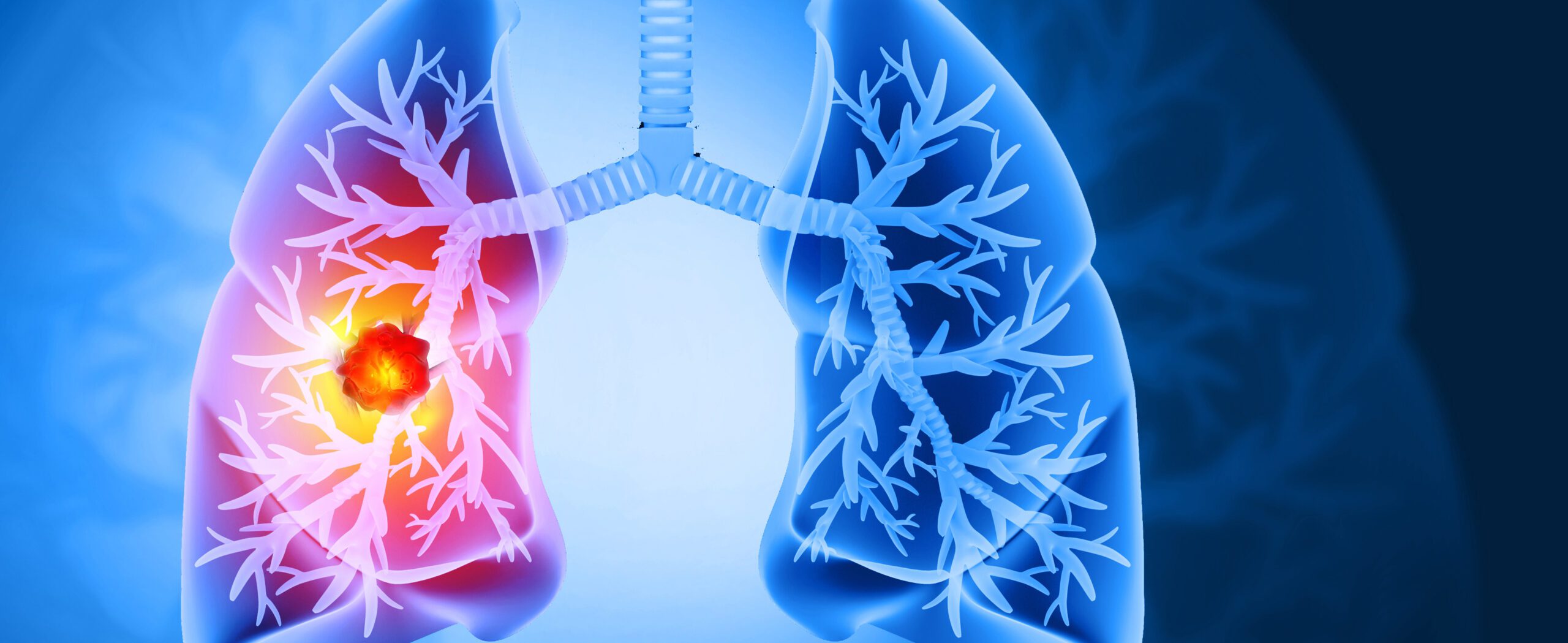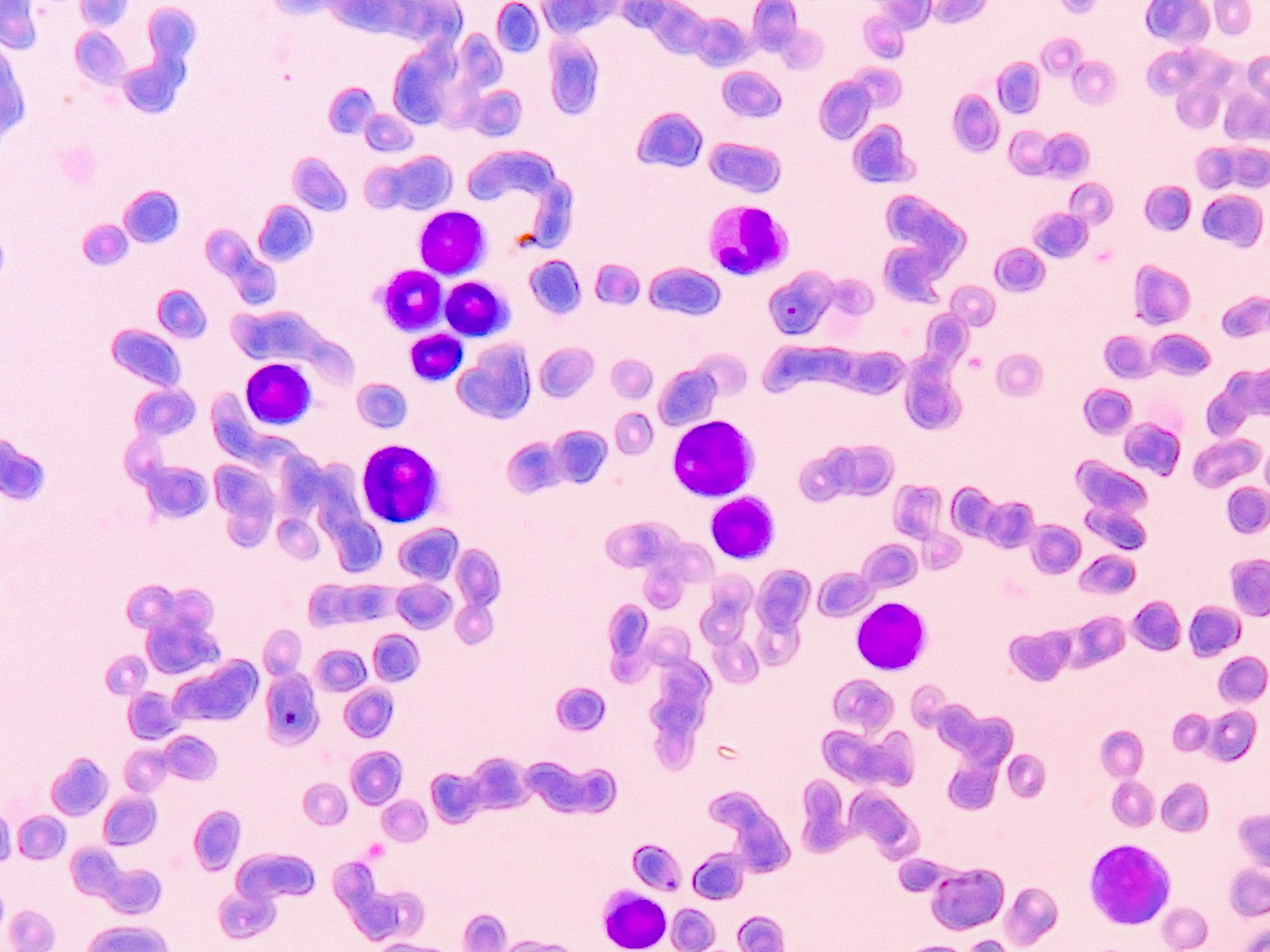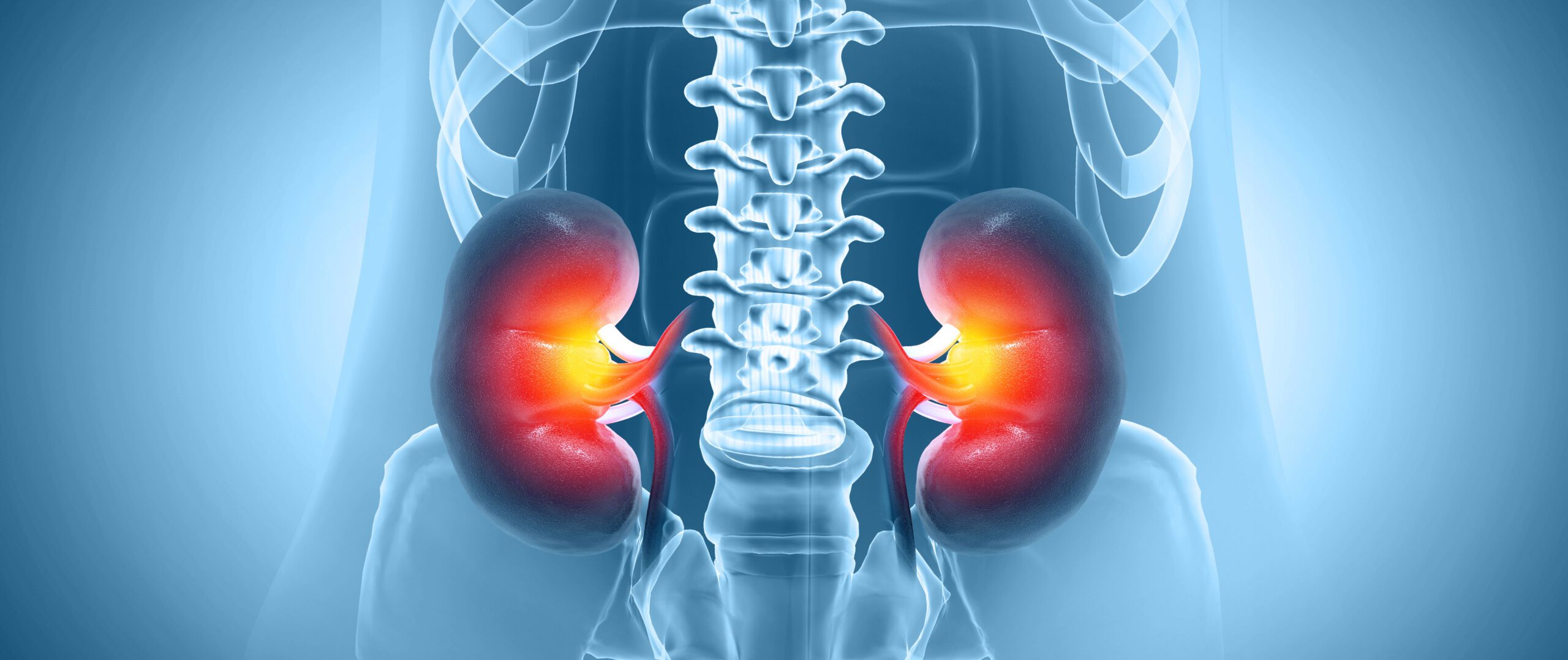The human heart does not simply beat to the beat of a metronome-like sound, but produces a complex, multi-layered “heart music” that finds its expression in millions of micro-variations. At the center of this melody are the fine control circuits in the sinoatrial (SAN) pacemaker cells, whose coupled “clock systems” – ionic membrane clocks and intracellular calcium clocks – are continuously modulated by the autonomic nervous system. Their interaction creates a heart rhythm symphony that reflects the physiological balance and is adapted to changing requirements in real time. With increasing age, subtle disturbances occur in this system: rhythmic subtleties are lost, the symphony becomes restless and ultimately dissonant, resulting in subclinical rhythm abnormalities and an increased susceptibility to sick sinus syndrome or atrial fibrillation.
You May Also Like
- Clinical case reports and implications for GP care
Magnesium deficiency and dilated cardiomyopathy in the peripartum context
- SID Annual Meeting: Highlights
Update on inflammatory dermatoses – a concentrated load of innovative power
- Case series
Bleeding prophylaxis for von Willebrand disease
- A critical analysis of the evidence from 113 studies
Nutrition and depression
- An emerging interface with clinical relevance
Lung cancer and neuroscience
- Acute leukemia: Disease management
Priorities from the perspective of patients and family caregivers
- Bronchodilators for asthma
The early bird … gasps for air
- Chronic kidney disease (CKD)


